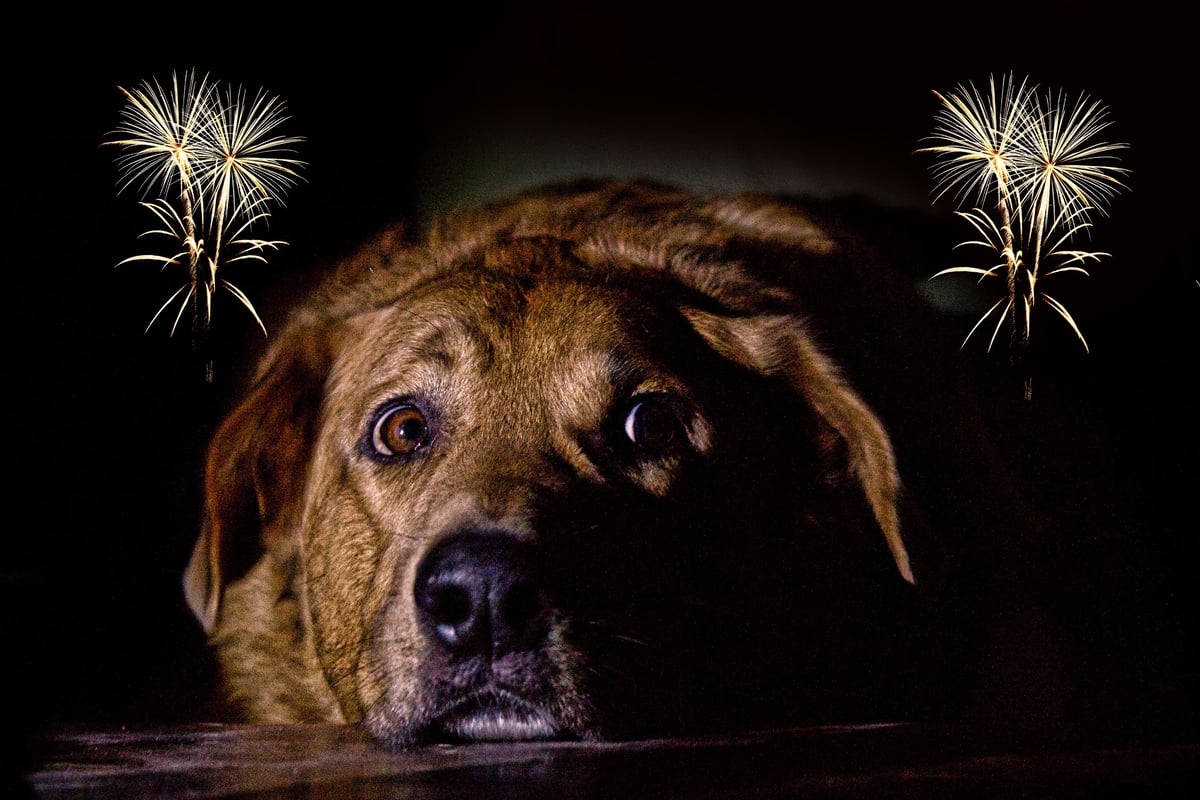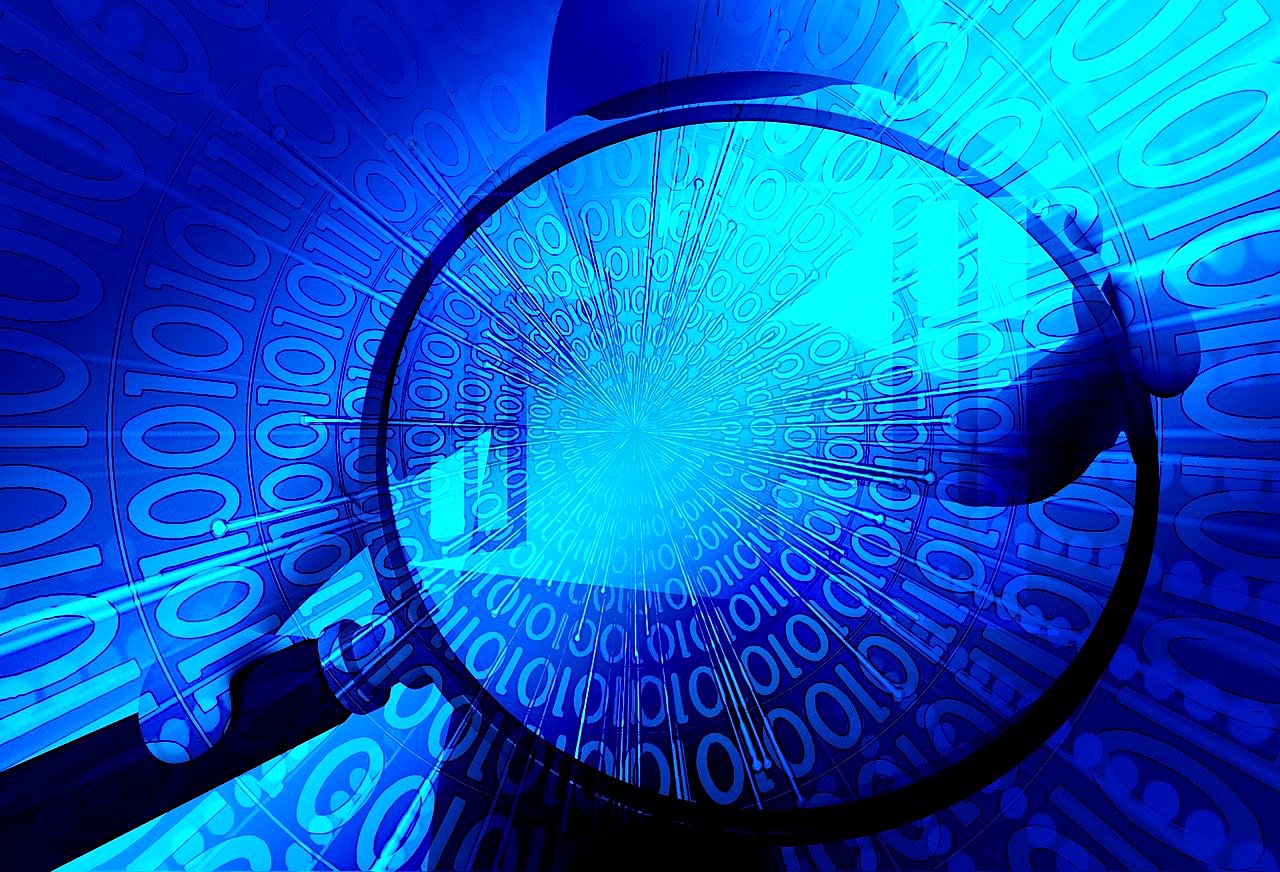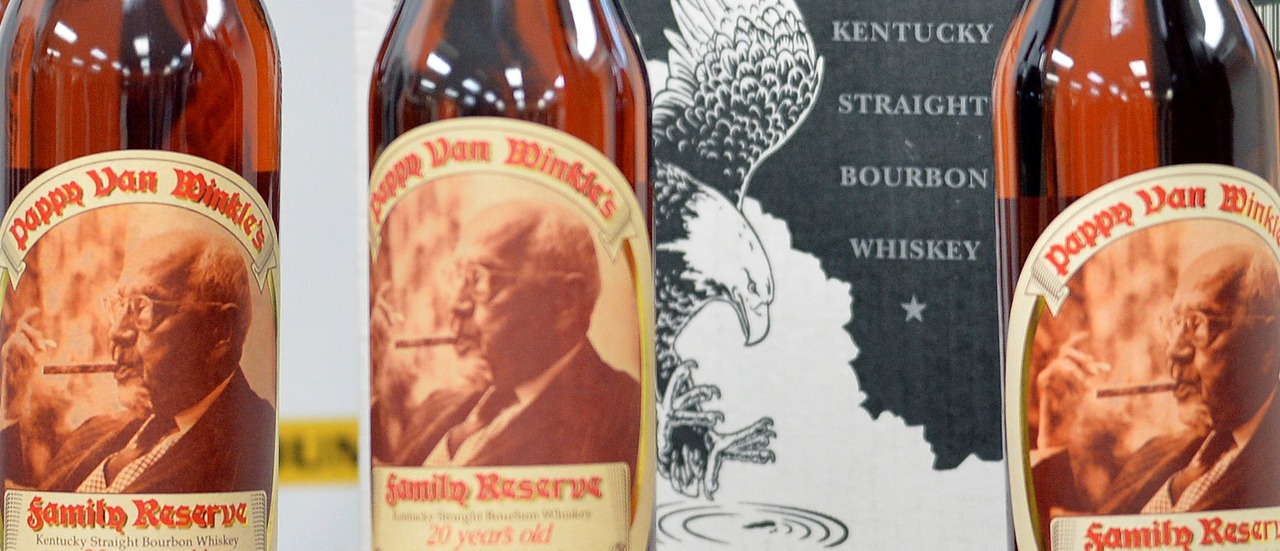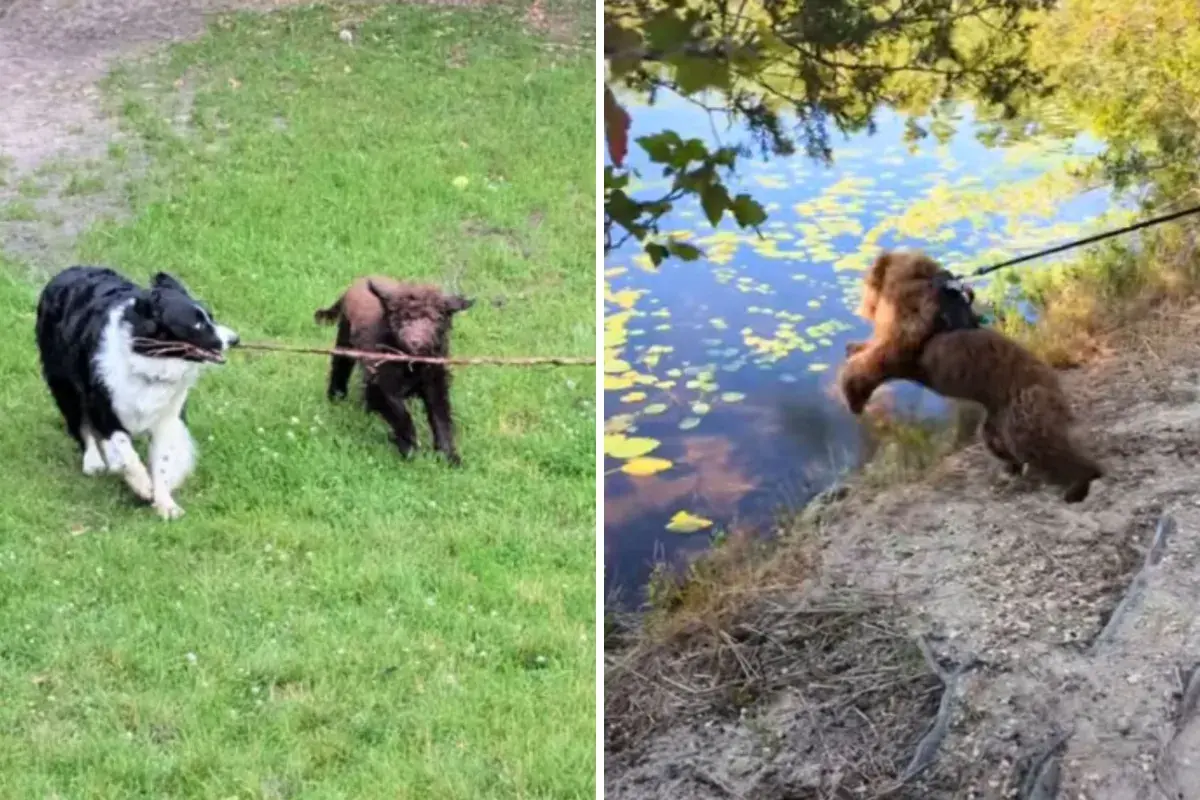Copyright scotsman

As Bonfire Night, Diwali, and Halloween celebrations light up the UK skies, the crackle, and bang of fireworks bring joy for many - but for countless dogs, they spark stress, panic, and anxiety. With these festivities fast approaching, Sean McCormack, Head Vet at Tails.com, shares his expert advice on how to recognise and manage your dog’s fear of fireworks, and what you can do to help them stay calm and safe this season. He explained: “Firework fear, or noise phobia, is one of the most common behavioural issues we see in dogs. According to the PDSA Animal Wellbeing Report, 41 per cent of dog owners say their dog is afraid of fireworks, that’s the equivalent of around 5.3 million dogs in the UK. “Dogs have far more sensitive hearing, sight and smell than humans, and the unpredictable nature of fireworks (sudden loud noises, bright flashes, and even the smell of smoke) can be deeply unsettling. “It’s important to remember that fear is a natural response, not bad behaviour. When dogs tremble, hide, pant, or pace during fireworks, they’re reacting instinctively to what they perceive as a potential threat.” Here’s what you need to know to get your dog through the noisy nights. Telltale signs include the following: Just like people, every dog has a different tolerance to noise. Some may barely flinch at thunder or fireworks, while others show distress as soon as they hear a bang. If you’ve never experienced firework season with your dog, it’s best to prepare early. It’s important to understand that in many cases, firework fear develops because dogs haven’t been gradually exposed to loud or unexpected sounds when they were young. That’s why new dog owners should focus on gentle training and sound exposure, particularly during the puppy stage. The best way to help dogs cope with fireworks, or any unfamiliar sights, sounds or experiences, is through early habituation. This means calmly introducing your dog (or even cat) to new noises in a safe, positive way, rewarding them for calm behaviour. Done properly (and as early as possible), it can significantly reduce the risk of noise sensitivity later in life. If your dog already shows signs of fear, it’s never too late to start desensitisation. With fireworks, you can help by playing recorded firework sounds at a very low volume and rewarding calm behaviour. Over time, dogs learn that these noises aren’t a threat. When trying this, stay relaxed and observe your dog’s body language. If they seem anxious, for example, if they look towards the speaker or move away, stop and try again the next day at a lower volume. Gradually increase the sound only when they appear comfortable, and always reward calm behaviour. Consistency and patience are key when doing this. The PDSA also recommends creating a ‘firework den’, a cosy, quiet and enclosed space where your dog can retreat and feel safe on fireworks night, but here are some other methods that can help. Mental stimulation is a great way to divert attention and reduce anxiety. This can be achieved through toys, particularly puzzle toys that require problem-solving skills. Toys that dispense treats when solved are ideal, as they keep dogs focused and occupied. You can fill them with your dog’s favourite treats to make the experience even more rewarding. Just like humans, white noise or calming music can also help to create a soothing environment that naturally reduces stress and anxiety. It works well for blocking out unpredictable noises and bangs, not just fireworks, but also thunderstorms or loud household sounds like vacuums. Lick mats are another handy tool to keep on standby for anxious pets. They encourage slow feeding, which helps prevent dogs from swallowing too much air, and the repetitive action of licking has been shown to release endorphins that promote relaxation. This calming effect has been shown to benefit both cats and dogs.” For dogs that really struggle with fireworks, there are several calming aids and medical options that can help. These can be used alongside behaviour training and desensitisation techniques for the best results. Pheromone diffusers, sprays, or collars release synthetic versions of the natural ‘chemical messages’ dogs used to communicate calm and comfort to one another. These ‘happy’ pheromones can help create a more relaxed environment and are a great over-the-counter option for mild anxiety. If pheromones alone aren’t enough, your vet may recommend short-term medication to help manage more severe noise phobias. This should always be used as part of a wider plan that includes ongoing training and desensitisation. There are now several highly effective medication options that your vet can recommend to help reduce fear and anxiety during peak times. Some of these treatments even have mild amnesic effects, meaning your dog won’t remember feeling scared, which helps prevent the phobia from worsening over time. As always, your vet is the best person to guide you on what’s safe and appropriate for your dog. Never give medication without professional advice. When in doubt, always speak to your vet, who can recommend products, medications, or referrals to a behaviourist.



